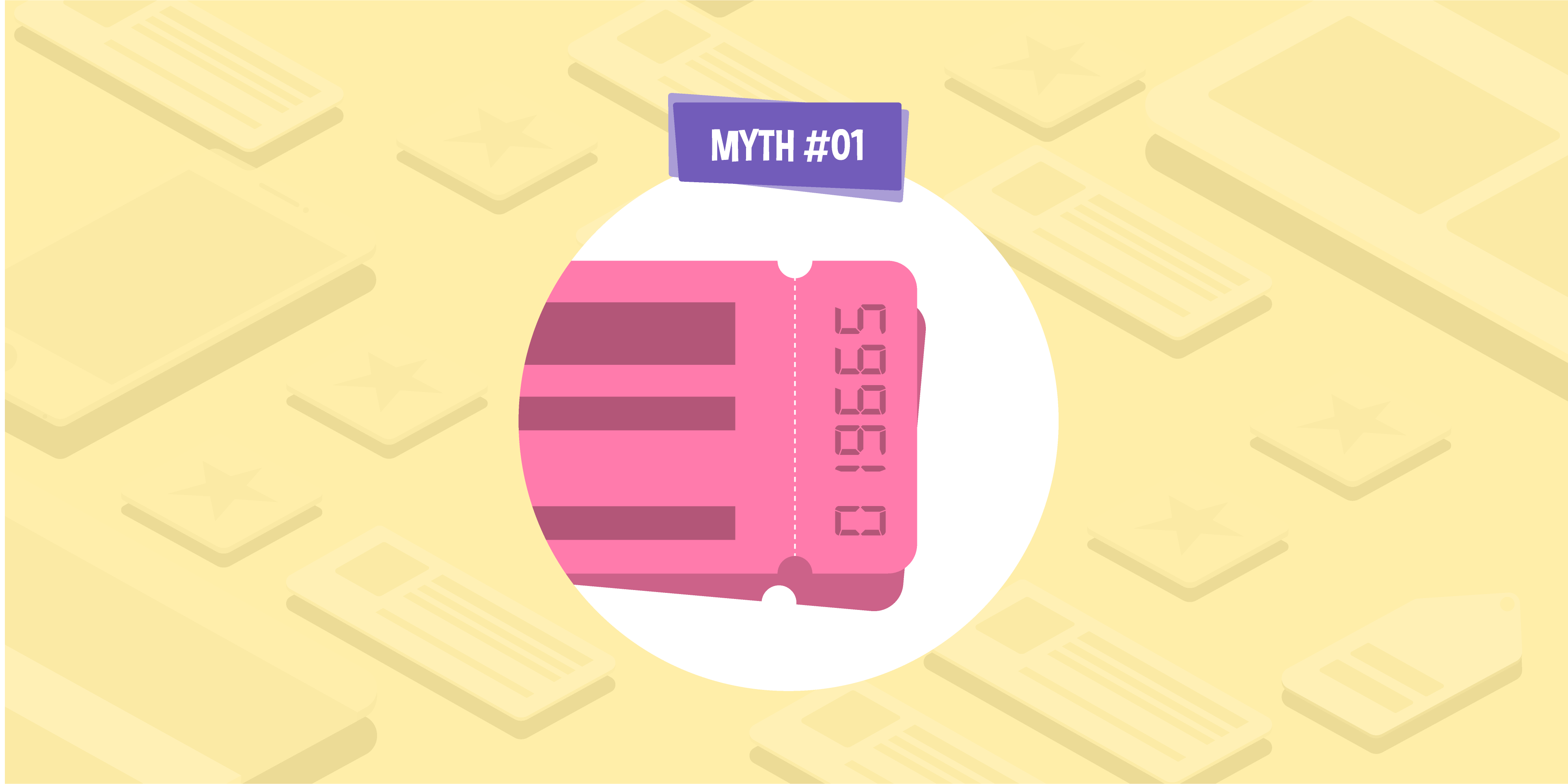
- 13 Dec 2022
- 4 Min read
Trend report: Digital marketing trends for 2023
We’re on the cusp of a new year, but what does it hold for digital marketing? Here, the SEO, PPC, and Affiliate teams at online marketing agency Glass Digital have revealed the trends, tools, and technologies that they think will lead the way in 2023. Read on to discover cutting-edge tips and tricks that could just help you boost your online visibility next year.
Technical SEO
Google could crack down on poor quality or inaccurate content
We’re living in a golden age for “fake news” stories, with misinformation spreading like wildfire across the internet. Recent examples of viral fake news stories have included stories about Pope Francis endorsing Donald Trump for President, an FBI director receiving millions from the Clinton Foundation, and 5G causing the coronavirus, all of which are completely false. Even for the discerning internet user, it can be hard to tell the fact from the fiction — and the shareability of these stories via social media only adds fuel to the fire. All of this has led to a lack of trust in online information.
As a result, there is now a real incentive for companies to prioritise accuracy of information over speed, user-friendliness, and other practical elements. And, no search engine is better placed to promote and enforce a policy of accuracy and truthfulness than Google.
There are signs that this is already underway. Despite not wanting to be thought of as a media company, which could make the business responsible for all content indexed in its search engine, Google have taken meaningful steps to ensure that content passes a certain threshold for quality purposes.
First published in its 2014 edition of the Search Quality Guidelines, the concept of E-A-T (Expertise, Authoritativeness and Trustworthiness) was introduced as a criteria for Google’s quality reviewers, measuring the extent of how much content could be trusted on websites. That means that sites publishing false news and poorly sourced information may be penalised in the SERPs. Conversely, sites that make the grade with accurate, credible content will be rewarded with better rankings.
Recently, in August 2022, Google released the helpful content update that shone a light on exactly what sort of criteria Google believes webmasters should be thinking about when creating content.
These initiatives form part of Google’s broader effort to populate their search engine with helpful content that is written by people, for people.
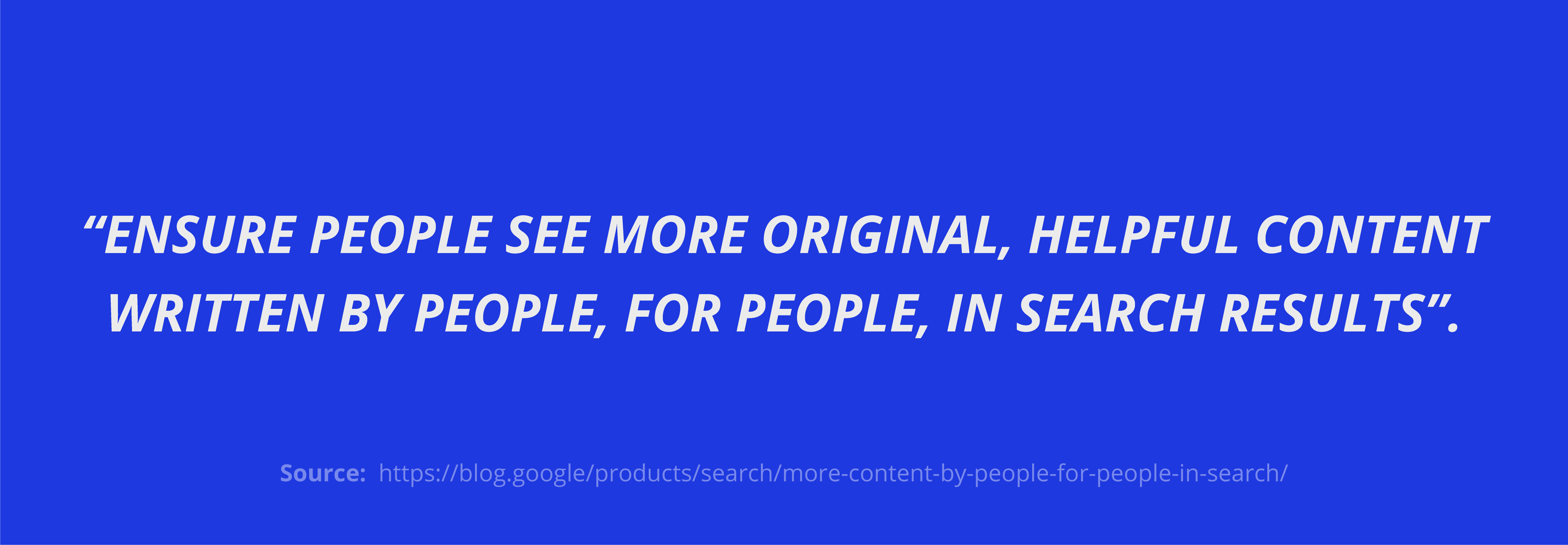
Marcus McConkey, Head of Technical SEO at Glass Digital, said: “In 2023, I expect that Google will only continue to prioritise original content that ultimately helps another human with their query.
“That doesn’t just apply to fake news or inaccurate info, either. Google’s helpful content rules could also apply to any pages that just aren’t serving the needs of the user, or which rely on poor quality content to bulk out the word count. So, maybe you’ll no longer have to read 800 words of filler before you can get to that recipe you want to try out!”
Google Shopping features could improve brand recognition
According to Statista, in 2021, retail e-commerce sales amounted to approximately $5.2 trillion worldwide. This figure is forecast to grow by 56% over coming years.
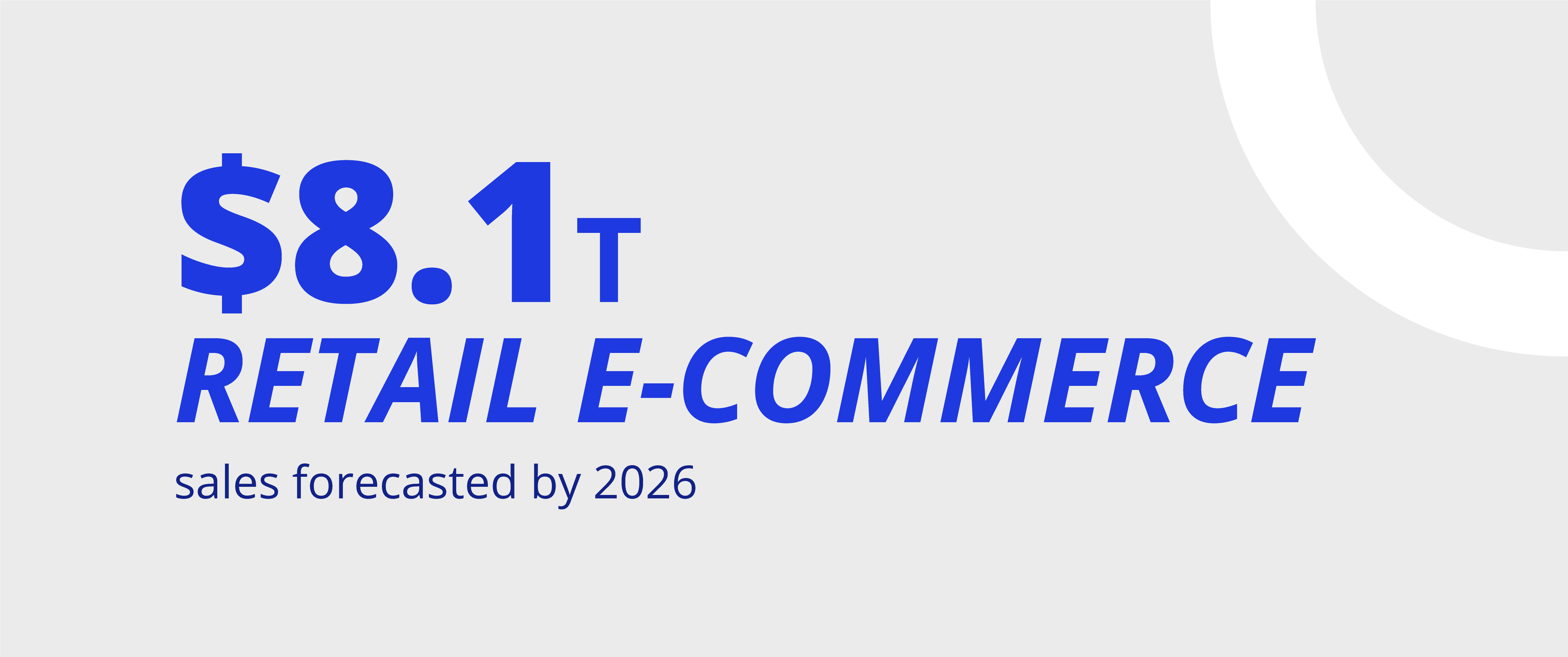
But where is all that extra revenue going? Marcus said: “Amazon and Alibaba are expected to take the lion’s share of this growth, and Google will be looking to take a bigger slice of the pie via Google Shopping, too.
“To this end, they’ve already made changes to the platform to attract retailers, such as eliminating commission fees and effectively making it free to sell on Google, as Shopping primarily consists of organic results. By offering more incentives for retailers to use Shopping, they hope to compete alongside the biggest ecommerce stores.”
The past year has seen Google roll out a number of such incentives, including new features that help retailers to differentiate themselves on Shopping — especially sustainable brands. With interest in search terms like ‘electric vehicles’, ‘solar energy’ and ‘thrift stores’ reaching new highs globally over the past year, Google is now rolling out SERP features that promote sustainable choices to capture this exploding market.
As recently as this month, Google also introduced “pre-owned” labels: green leaf icons that appear alongside product results to indicate a sustainable, wallet-friendly options. With the macro-economic factors looking fairly bleak as we head into 2023, it’s safe to expect Google will continue this push to show a better variety of options for consumers.
Content
The rise of AI for content creation
Artificial intelligence is one of the buzziest new technologies going, with users going wild for the GPT-3-powered DALL-E text-to-image generator earlier this year. But, AI isn’t just limited to funny image mash-ups and memes: the software opens up a lot of exciting opportunities for content creation within digital marketing and SEO, too.
The latest advancements in machine learning have meant that AI-generated content is now much more convincing, well-written, and accurate than ever before. So, in 2023, we could start seeing AI being used more and more as a writing assistant for copywriters, allowing them to automate tedious jobs and increase output without impacting the overall quality of work.
For example, for websites with a huge volume of product category pages, AI could be used to generate title tags and meta data for lower priority URLs, freeing up the copywriter’s time to focus on areas of the site where quality copywriting will have a greater impact. AI can also be used to allow for greater personalisation of content, allowing websites to offer experiences that are more closely tailored to the user.
Lydia Carroll, Head of Content at Glass Digital, says: “Historically, copywriters have typically had a slightly cynical view of AI. It’s often presented as either a useless tool that can’t produce quality copy, or a potential threat. What if AI automates the copywriting process and make human-generated content obsolete?
“But, now that we’re actually seeing what the software can and can’t do, it’s becoming clear that AI actually represents a brilliant opportunity. Embracing this new tool could eliminate tedious jobs, help us work faster and more accurately, and free up time for more valuable copywriting work.
“When used in this way, AI could be a useful tool for SEO copywriters, rather than a rival. So, I’d certainly say that 2023 is the perfect time to explore using AI assistance in your copywriting, if you haven’t already.”
Original content is helpful content
Google’s August 2022 helpful content update made one thing very clear: content should meet the needs of the user by offering genuinely useful, original insights or information. E-A-T has already been an important ranking factor for a few years now. But, thanks to the helpful content update, we can expect expertise in content to matter more than ever in 2023.
It’s no longer enough to simply rehash content that’s already been covered elsewhere. Marketers and copywriters need to make sure they’re offering original insight or information that users won’t find on another result on the SERP.
But how can brands offer unique, insightful content? “Copywriters can add expertise to their content by seeking insight from third-parties or featuring new and unique perspectives via interviews,” Lydia says. “Finding new and dynamic ways to meet the user’s needs — like using video content, graphics, or interactive experiences — could also become more popular as brands look to meet user requirements in the most user-friendly way possible.”
Brands will need to be more mindful and empathic
Ultimately, all content should aim to be user-centric and meet the needs of the searcher. But the nature of those needs is likely to get a lot more complicated as we go into 2023.
“Inflation and the cost-of-living crisis are causing a lot of difficulties for consumers, and brands need to be really mindful of that when creating content for campaigns,” Lydia says. “The challenge for marketers in 2023 will be creating content that genuinely helps their target audience and strikes the right tone.
“This can be easier said than done. There’s a fine line between content that is sympathetic and useful, and content which is patronising or inappropriate. Brands also need to be careful about being seen to be jumping on a bandwagon or offering insincere platitudes in place of truly helpful content.”
Several brands have already discovered this to their cost. Energy retailers E.ON and SSE faced a backlash earlier this year after sharing tips to save money on utilities. While they might have had good intentions, they failed to consider how this advice would look coming from energy giants in 2022.
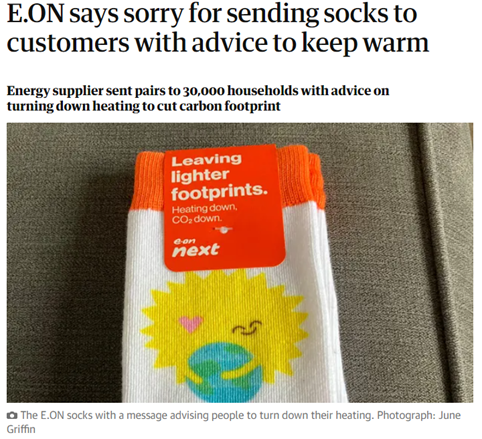
The challenge for marketers in 2023 is to be mindful and consider the needs and anxieties of their target audience when designing content.
Lydia says: “To avoid alienating audiences or making an embarrassing faux pas, marketers should be careful to stay closely attuned to their consumers and current events. Performing careful market research before every project will allow companies to gather diverse opinions and feedback and ensure that every possible interpretation of a piece of content has been considered before it’s published.”
Outreach, digital PR, and link acquisition
User-generated content
When creating campaigns for link-building purposes, the target audience should always be at the forefront. Personalised content — included real-life case studies, interviews, or behind the scenes campaigns — has been a trending topic amongst digital marketers for a while now, and this shows no signs of slowing down in 2023.
Rebecca Herworth, Head of Outreach at Glass Digital, said: “We’re seeing a trend for more personal content that focuses on ‘real’ users, and case studies and real-life examples are really in-demand with journalists right now. This type of campaign allows publications to distribute genuine, authentic content that they know will resonate with their audience.”
By creating content that is focused on user needs, brands can streamline their link-building and take an integrated approach across all digital marketing efforts.
Integrating outreach and PPC campaigns to amplify results
With Google Shopping changing its model and therefore changing the way brands develop their PPC approach, it will be easier than ever for SEO outreach and PPC strategies to align their campaigns to help site performance.
Before now, PPC budgets have been a contributing factor when choosing ad words to target. However, in 2023, an aligned strategy will mean that SEO and PPC can work in unison to dominate the SERPS for certain keywords that will highly resonate with target consumers.
Alongside this, combining social media and influencer marketing within an integrated strategy could work to amplify results. For example, brands can collaborate with influencers to create user-generated content that can be outreached to press as a bespoke case study.
Video content unlocks new audiences
Generating content that focuses on user needs is highly sought after by journalists, and we can expect this trend to continue into 2023. Sending video as an outreach asset allows brands to reach a wider audience, as it captures the growing number of users who primarily consume content via video media.
TikTok continues to be a key driver for this trend, in particular Gen Z who actually use the social media platform as a search engine to find relevant content. By creating TikTok videos or even using existing clips within a case study campaign, link-builders are providing journalists with extra assets and allowing them to be more inclusive with their content.
Rebecca said: “We find that video is a really effective way to work with journalists, as many will be thinking about metrics like engagement and online shares when designing their content. When done well, video content can help them reach their KPIs by providing a highly sharable asset, which is both helpful and engaging for the user.”
Using video across different platforms can help align brand strategy, too. For example, a ‘how to’ style video that answers questions, shares original solutions, or inspires an audience can be sent out to journalists, published on the brand’s site, and shared across social media channels. This provides a holistic, unified campaign, and provides great value for money by maximising one asset.
Social and environmental responsibility
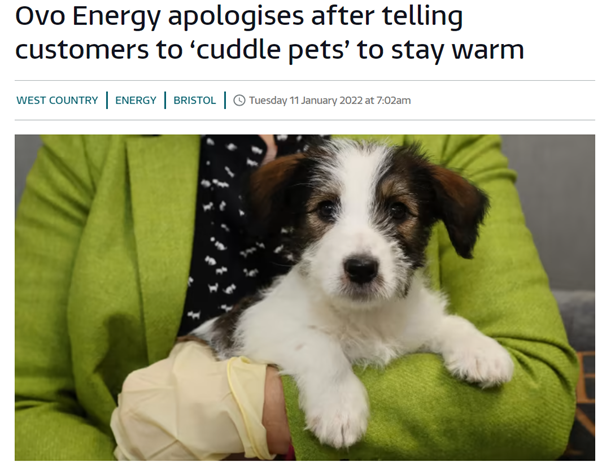
Image: ITV News.
Now more than ever, brands need to be conscious of their responsibility in the content they are distributing. Brands will have to tailor their content to align with the current economic climate and think carefully about the tone of their content and how it will be received. Similarly to the E.ON campaign, OVO Energy were way off the mark with their campaign around how to stay warm this winter.
In 2023, sincerity and responsibility will be especially important for campaigns about sustainability. According to Rebecca, “It is no longer enough for brands to declare that they are being environmentally conscious. Next year, it is going to be vital for these companies to practice what they preach.
“Greenwashing will not be tolerated by consumers who are becoming increasingly savvy about environmental credentials, so this needs to be considered when creating assets for outreach. Brands should only be seen to support initiatives where they are positively impacting change. Publications will be making a point of promoting brands that have integrity, especially if their main readers are Gen Z.”
Design
Dark mode is the new black

One of the trends we’ve touched on a lot in this article has been the growing importance of meeting user needs. And, this maxim applies to the world of web design, too.
In 2023, brands will be looking at how they can adapt their designs to make sure their customers are getting the best possible experience. One common trend that’s cropping up more and more are dark themes, especially on mobile and tablet devices, which allow the user to control the colour and brightness of an app or site. This gives users more freedom and customisability in terms of how they receive information and engage with content.
Adam Hogg, Head of Development and Design at Glass Digital, said: “This trend has been slowly growing in popularity over recent years, but looks to be here to stay now that many of the biggest tech hardware companies are getting in on the action. For example, OS and many Apple apps now support dark mode options.
“Another bonus of this trend is that, depending on the device, it can also reduce mobile battery usage. Every little helps!”
The future is above the fold
In our digital world, we all know just how important it is to have a user-friendly, stylish, and SEO-optimised site. However, one aspect of web design and layout that will become even more crucial in 2023 is the ‘above the fold’ copy element. By this, we mean the block of content that sits above the products on a commercial web page.

With average attention span and website visit times decreasing, it’s very important to maximise the above the fold block, to grab the attention of users landing on your site.
Adam said: “In 2023, designers need to make sure the most engaging elements are above the fold, so users are actually seeing them. Technology is developing faster than ever and new device shapes and sizes are being released all the time, which risks messing up the layout and pushing those important elements out of site. Keeping designs flexible and responsive on all devices is key.”
Adaptive brands colours
Traditionally, brands would stick with their official brand colour schemes through thick and thin — after all, it’s a crucial part of how consumers identify their branding. But in 2023, we say it’s time to break the mould!
With consumers become more ethically minded, brands are becoming more conscious of social trends and awareness campaigns. Going beyond brand guidelines by adapting company logo colours to show support for a cause can allow brands to show their values and nail their colours to the mast — literally. For instance, this year, many companies switched to a rainbow logo in support of Pride Month.

Branded illustrations
To stand out from your competitors, custom illustrations can set you apart and help you connect with users. It goes a long way to help a brand and its values be recognised across different platforms.
Illustrations can also help companies explain processes much quicker, which will catch the attention of users and enable a story to be told more rapidly than via written content.
Affiliate marketing
Contextual marketing in a cookieless future
In 2021, Google announced the abolishment of third-party cookies. Although this doesn’t take full effect until 2024, affiliate marketers will already be looking to adjust their approach to audience targeting during 2023, so they can be ready for the change.
Marketers are expected to invest heavily in contextual marketing, using keywords to help target their audience and reach new customers with similar profiles,
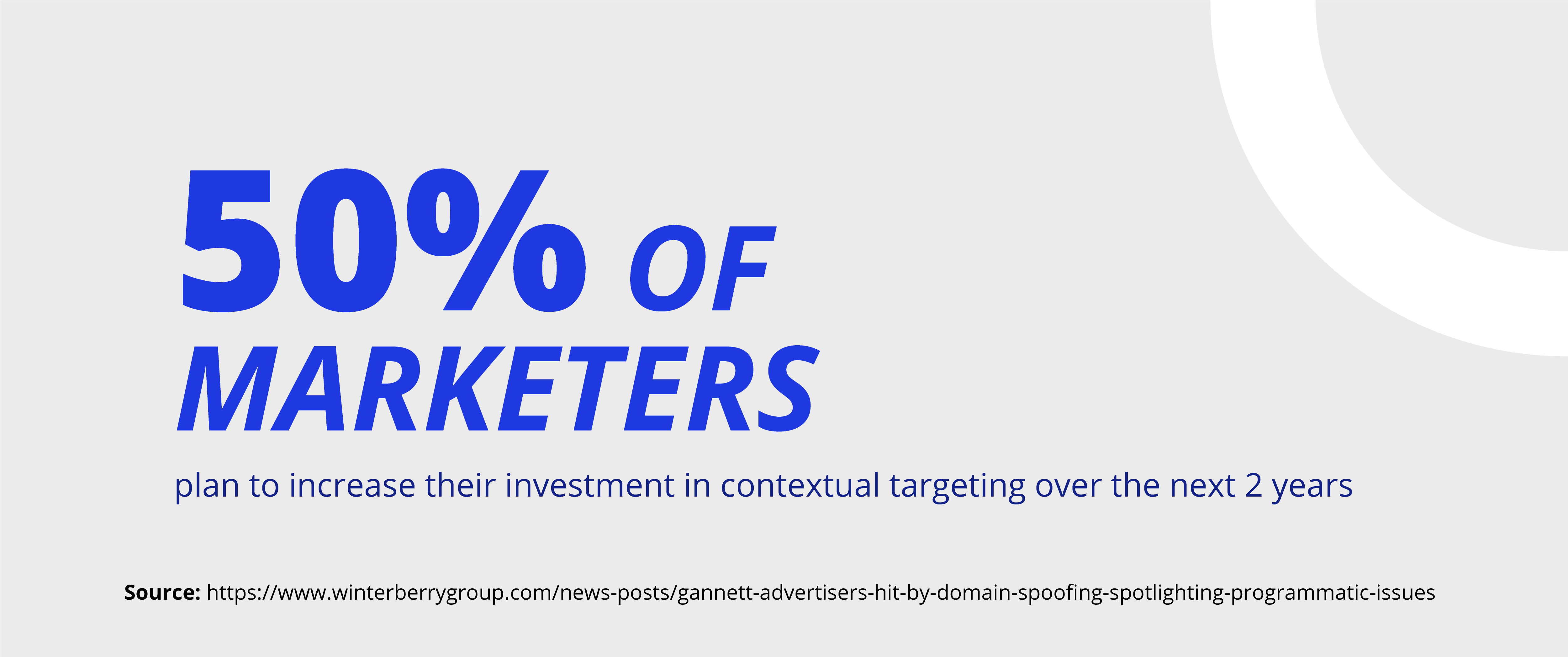
As we look ahead into the cookieless future, we can expect on-page analytics, social listening and conversational marketing to be the main factors in planning a strategic marketing campaign that reaches the intended target demographics.
Out with the new, in with the old: retaining existing customers
With the cost of targeting and reaching new customers growing as a result of going cookieless, retaining existing customers will be the key to keeping affiliate revenue up.
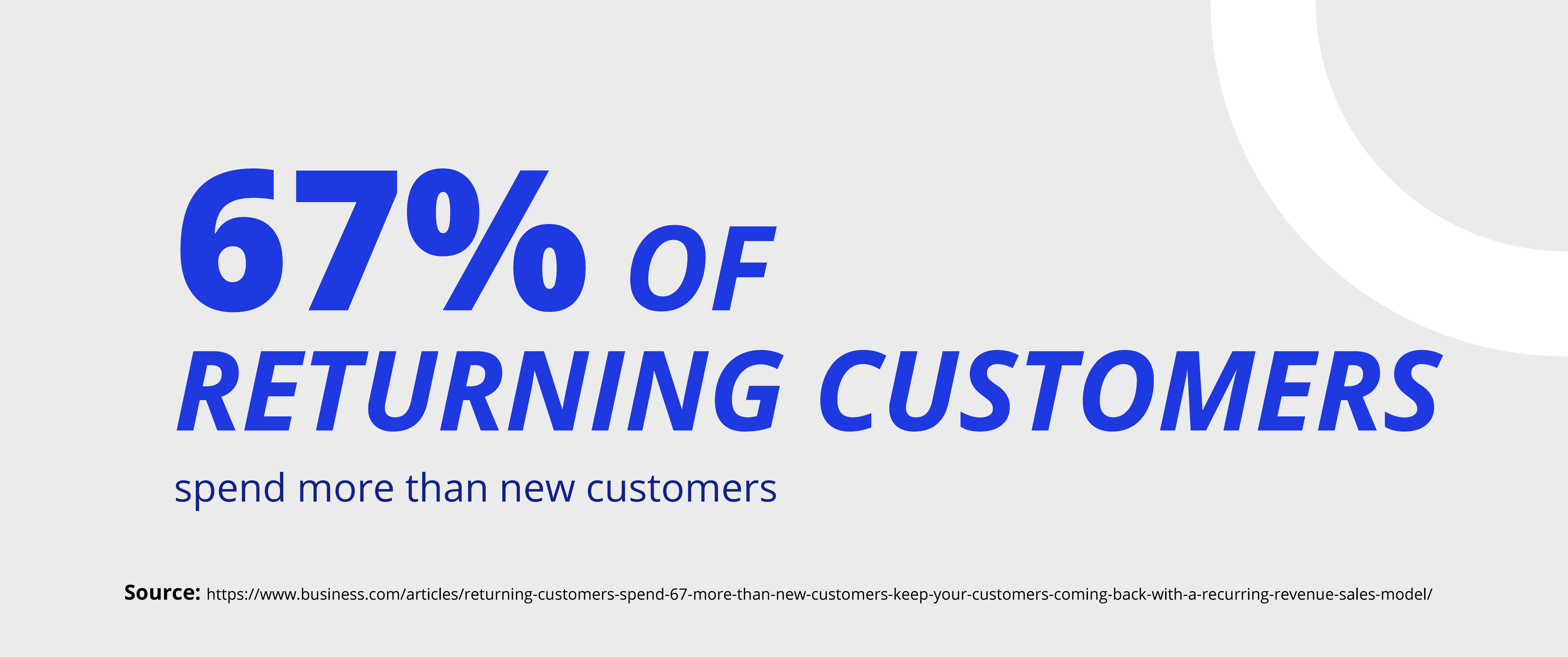
Looking ahead into 2023, it is likely that we will see publishers, influencers, and other forms of affiliates being used to retain existing customers, rather than reaching for new ones.
Influencer marketing platforms
One of the trends in that will play a significant part in affiliate marketing come 2023 is tracking influencer efforts through creator platforms and the affiliate networks, such as Partnerize or AWIN.
Many affiliate networks now offer account creation for influencers, making it much easier to track campaign results without needing to be signed up to an influencer platform, which often requires a monthly subscription. Affiliate networks also make it easy to award the desired commission to each influencer.
Utilising influencer marketing platforms will bring more value to campaign strategies rather than working with influencers directly, whilst tracking the results through an affiliate network. Even if the tracking is straightforward, the creator platform offers more insight into each influencer and campaign, making the search for the right influencer much easier.
If brands wish to take their influencer marketing to another level, they might see more value in using platforms such as Klarna Creator Platform (formerly APPRL). This saves companies time and maximises the results they can achieve.
Key affiliates to look out for in 2023
Which affiliates are set to be big in 2023? Here, Karina Bajega, Performance Marketing Manager at Glass Digital, shares her pick of the most promising affiliates for next year.
- Run by a close-knit team who are very responsive to opportunities, and willing to take a flexible approach
- Operates in 13 countries across Europe, North America and Mexico
- Boasts 410,000+ monthly visits, ~15% CR rate and 72,000 newsletter database
- Has a sustainability focus. The company plants a tree whenever a sale is made through the brand’s exclusive PPC rights

- One of the most popular community deal sites; used by over 6 million registered users, with over 1 million deals posted and 1.8 billion visits per year
- Usually only deals with very high discounts, so can be tricky to get sign-off

- Customer Conversion Optimisation platform using intent-based solutions to increase revenue. Works on a pay-for-performance model
- Drove over £140m revenue for their clients in 2022
- Can focus on different needs, such as increasing conversion rate, basket value or decrease cart abandonment

PPC
Diversification
Through 2021-2022, we’ve seen Google dip it’s toes into a ‘visual storytelling’ era through its introduction of image extensions, Discovery campaigns and of course, the mighty Performance Max. The last of these, ‘P.Max’ — designed to reach customers at multiple touchpoints as they deviate across different platforms and devices — has to a point eradicated the Paid Search strategies advertisers have become accustomed to over the past few years.
Jess Freer, Head of PPC at Glass Digital, said: “We anticipate 2023 to continue this trend in diversification as advertisers expand their horizons across multiple platforms.
“Google and Facebook — or Meta as it’s now known — are the bread and butter of PPC, and we don’t see this changing anytime soon. However, as short-form video formats continue to soar in popularity, advertisers will be looking to allocate increased budget towards the likes of TikTok, YouTube and Pinterest. Through P.Max, Google is already automatically converting images into video slideshow ads, leaving little option for advertisers who are reluctant to explore this format.”
GA4 will take the reigns — whether marketers like it or not
2023 will see GA4 take the analytical reigns, which is likely to adjust advertisers’ approach to data analysis. The event-based model of GA4 will focus on increasing the positives as opposed to minimising the negatives. The consensus here is that through the emphasis on ROI metrics, advertisers may find it harder to scale performance upwards without negatively impacting the ROI itself. That or, it may be Google’s clever way of disguising the larger budgets required through consistent CPC inflation.
The end of Similar Audiences
The sunsetting of Similar Audiences is scheduled for 2023. This will mean advertisers will be forced to find new ways of utilising first-party data for reaching new customers. Custom intent audiences will grow in use as PPC Managers adopt combinations of website visitors, newsletter subscribers and specific keyword searches to develop audience lists of broader relevance. As this audience type can only be used across P.Max, Discovery, and Display, we forecast a larger share of budget allocated across these campaign types as a result.
TikTok Shop
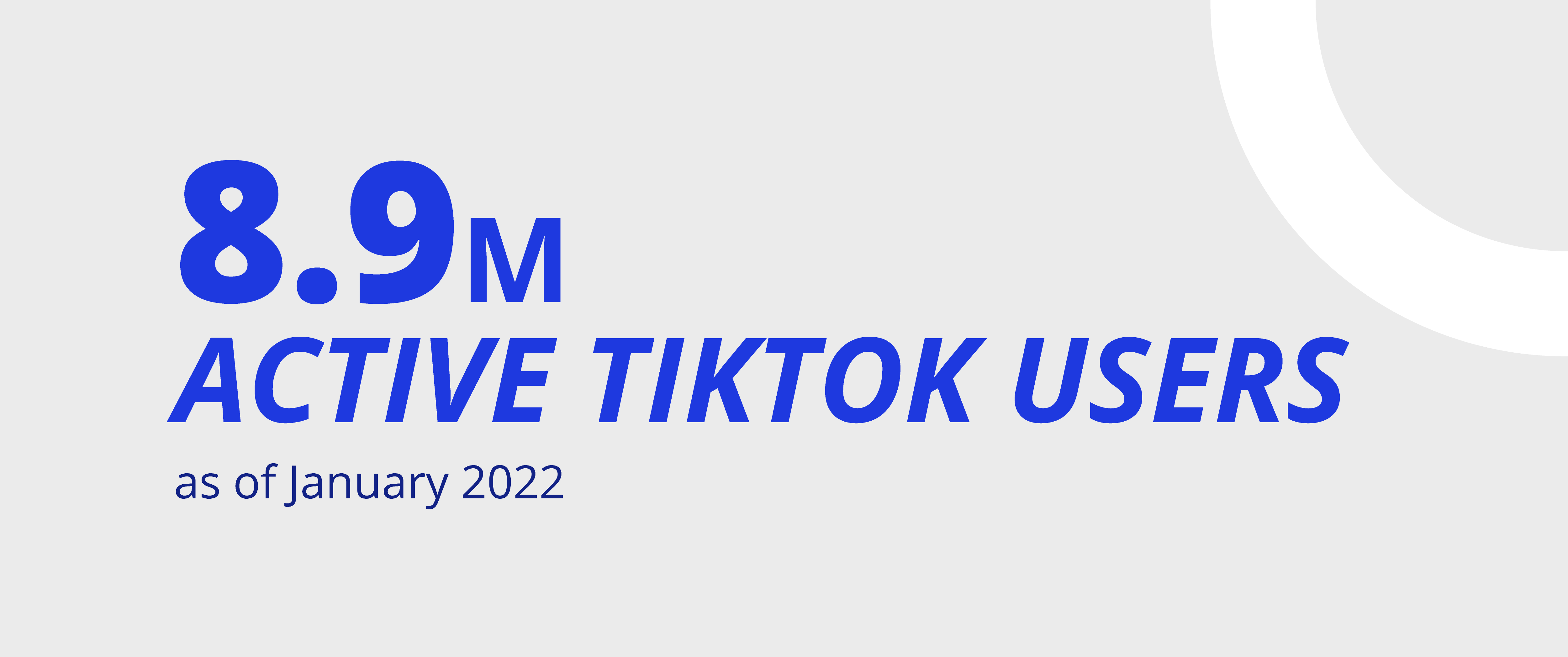
TikTok, arguably the home of short-form video, is continuing to rise in popularity. Over next year, it’s possible that the platform may even start to creep up on some of the biggest channels, including behemoths like Amazon.
Jess said: “As any advertiser is more than aware, the auction insights report barely exists without an Amazon mention coveting the highest impression share result. With TikTok Shop allegedly aiming to be the next Amazon, we anticipate increased budget fluidity between Google, Amazon and TikTok over the next year.”
Man vs machine
Over the past few years, advertisers have seen AI and automated bidding become the default of any PPC campaign strategy. It’s pushed account managers to assess the fundamentals of an account structure on a more frequent basis to ensure Google is receiving the correct data and audience signals it requires to accurately inform it’s learning mechanisms. Without this backbone in information, you’re unlikely to reach your campaign goals or those coveted KPI’s. These back-to-basics factors are too often overlooked by marketers, leaving business owners frustrated that their ‘plug in and go’ approach didn’t work out.
As Jess says: “Whilst automation certainly isn’t going anywhere, we do anticipate marketers working on establishing the fine line between automation and intervention.
“Internet users are savvy enough to know when they’re being marketed to by a robot, and without the right level of human intervention, this is exactly how it will come across. Staying consistent with your campaign’s objective and assisting algorithms and machines with accurate, relevant data will be the key to combining automation and intervention for success with your business objectives.”
“OK Google!”
Whilst not yet mainstream, voice search has been steadily growing in use over the years with Alexa and Siri becoming more adept at quickly responding to queries without the user needing to lift a finger. Turning your home into a ‘smart home’ is just an Amazon order or IKEA trip away, and our research suggests that voice search will grow alongside people’s reliance on smart home technology.
Jess said: “Whilst we’re not claiming Voice search will be the next hot topic, we do anticipate a messaging adjustment that incorporates voice searches. Text ad and website copy will take a more conversational tone to match a vocal query more effectively. Advertisers will be keen to stay ahead of the game across 2023, so that their copy is well-equipped, with a full data history, to compete in vocal based search auctions.”
Few industries move quite so fast as the digital sector, which is why it’s so vital to stay ahead of the curve. So, if you’re planning your strategy for next year, now is a great time to consider how you might incorporate these trends into your digital marketing campaigns for success in 2023, and beyond.
No matter what elements of your digital marketing strategy you are focusing on in 2023, this report should give you an understanding of the latest trends to consider.
Download our full trend report below to refer back to in the year ahead.
Our team of digital marketing experts can help you improve technical SEO, organic search, affiliate marketing or PPC. If you want to find out more about our services, then be sure to get in touch today for a free, no-obligation chat with a member of our team.

